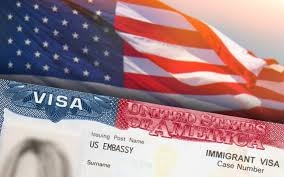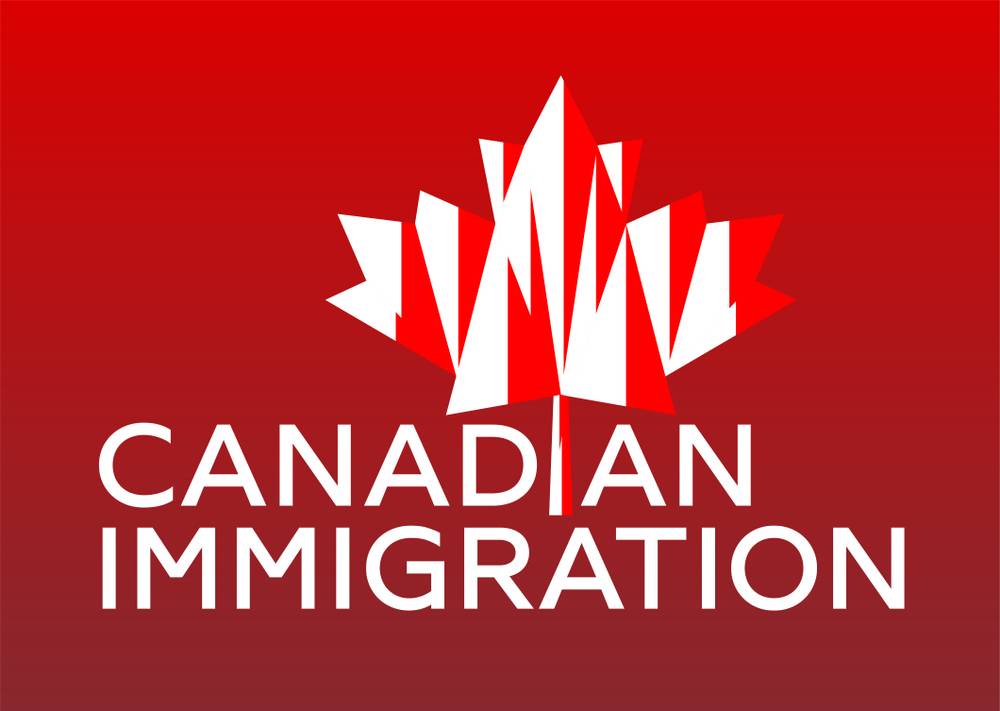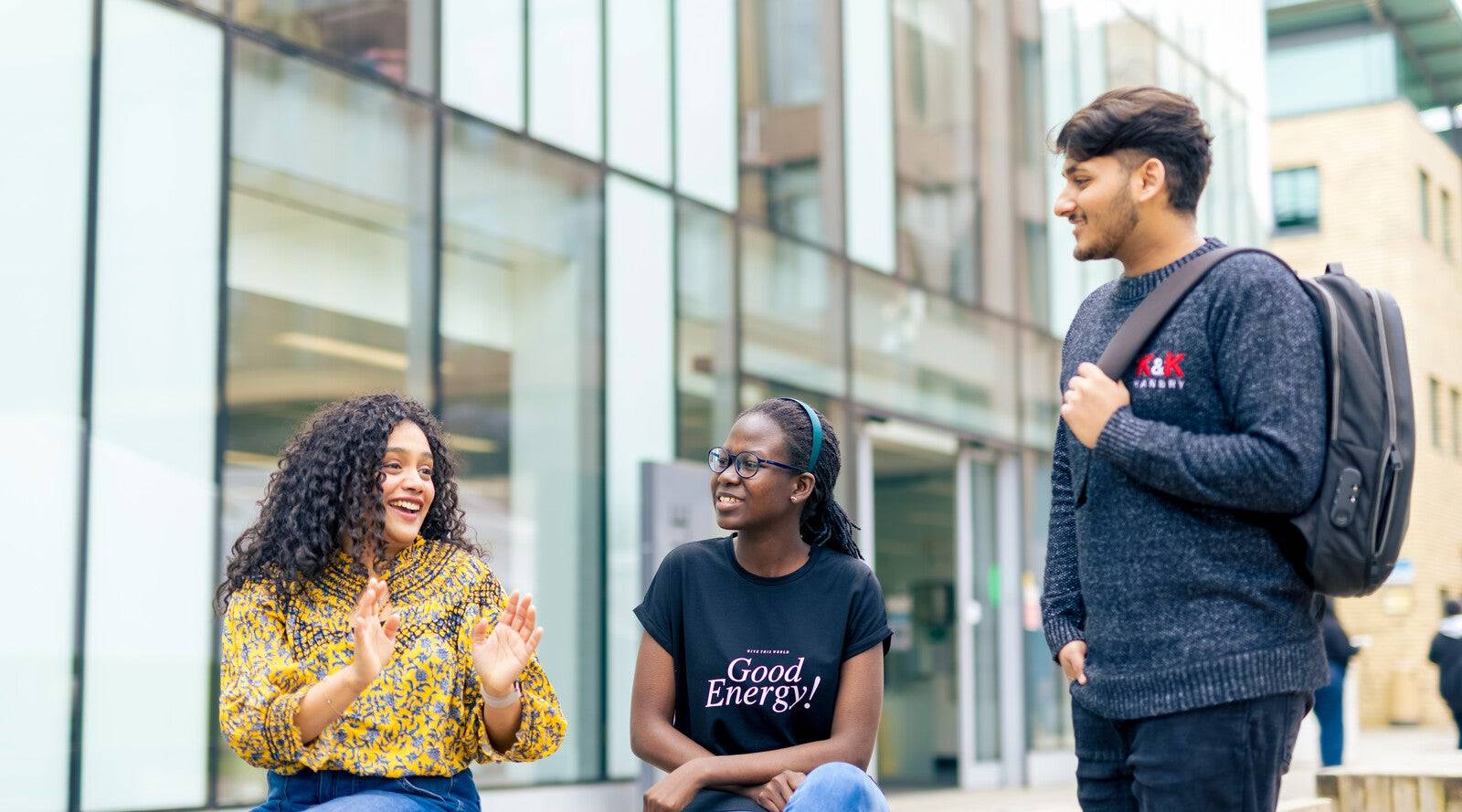I want to help you find the best way to work in the U.S. for a short time. The U.S. does not have working holiday visas like some other countries, but there are still ways to get a job and experience life there for a while. Some visas allow young people to work in the U.S. for a few months or even a year. These include programs for cultural exchange, seasonal jobs, and short business visits. The key is knowing which visa fits your situation and how to apply without trouble.
This guide will walk you through the best visa options, what each one allows, and how to get started. If you want to try working in the U.S. before deciding on a long-term move, this is for you.
Visa Options for Temporary Work in the U.S.
Not all visas allow you to work in the U.S., but some programs make it possible for young adults to gain short-term job experience. Here are the best options.
1. J-1 Visa (Exchange Visitor Program)
The J-1 visa is one of the easiest ways to work in the U.S. temporarily. It is designed for cultural exchange and allows you to work in certain industries like hospitality, childcare, or business training.

- Who can apply? Young adults who want to work in exchange for cultural experience.
- Common jobs: Internships, summer work in hotels and resorts, au pair (live-in nanny), and teaching programs.
- Duration: 3 to 12 months (some programs allow up to 18 months).
- Key requirement: You must apply through an approved sponsor.
How to Apply:
- Find a sponsor: Look for a U.S. Department of State-approved exchange program.
- Apply through the sponsor: They will guide you through the visa process.
- Pay fees: You need to pay a SEVIS fee and a visa application fee.
- Attend an interview: Go to the U.S. embassy or consulate for your visa appointment.
This visa is great if you want to work and experience life in the U.S. without committing to a long stay.
2. H-2B Visa (Temporary Non-Agricultural Worker Program)
If you want to work in the U.S. for a seasonal job, the H-2B visa is a strong option. It is for non-agricultural temporary jobs like tourism, landscaping, and hospitality.
- Who can apply? People looking for temporary work in hotels, amusement parks, construction, or event planning.
- Common jobs: Resort staff, restaurant workers, theme park employees, and cleaners.
- Duration: Up to 1 year (can be extended to 3 years).
- Key requirement: You need a job offer from a U.S. employer.
How to Apply:
- Find an employer: A U.S. company must agree to hire you.
- Employer applies for you: They must submit a labor certification and petition.
- Apply for the visa: Once approved, you can submit your visa application.
- Attend a visa interview: Visit the U.S. embassy for your appointment.
This visa is highly competitive because there is a limit on how many are given out each year.
3. B-1 Visa (Business Visitor, Limited Work Opportunities)
The B-1 visa is not a work visa, but it allows short-term business activities. You cannot get a regular job with it, but you can do some work-related tasks.
- Who can apply? People attending business meetings, unpaid training, or short-term work projects.
- Common activities: Consulting, attending conferences, negotiating contracts, and unpaid internships.
- Duration: Up to 6 months (can be extended in some cases).
- Key requirement: You must prove you are not staying for a paid job.
How to Apply:
- Show financial proof: You must prove you can support yourself without working.
- Explain your purpose: You must show that your visit is strictly business-related.
- Submit your visa application: Pay the required fees and attend a visa interview.
If you want to explore the U.S. job market and make connections, this visa can be useful.
4. O-1 Visa (For Highly Skilled Individuals)
The O-1 visa is for people who have extraordinary abilities in fields like science, art, education, business, or sports. If you have a strong resume and achievements, this visa may be an option.
- Who can apply? Individuals with proven skills in their field.
- Common fields: Acting, music, sports, business leadership, and scientific research.
- Duration: Up to 3 years (can be extended in 1-year increments).
- Key requirement: A U.S. employer must sponsor you.
How to Apply:
- Get an employer to sponsor you: They must file a petition on your behalf.
- Prove your skills: You must provide evidence of awards, recognition, or achievements.
- Submit your application: Once approved, attend your visa interview.
This visa is best for highly talented individuals who want to work in specialized industries.
Read: Baker Jobs in the USA with Visa Sponsorship: Everything You Need to Know to Apply
How to Choose the Best Visa for You
Choosing the right visa depends on your goals, job type, and how long you want to stay in the U.S. Here’s a breakdown to help you decide:

- Want a structured program with cultural exchange? Choose the J-1 Visa
-
- Best for students, interns, and young professionals looking for short-term work experience.
- Jobs are often in hospitality, childcare, business training, or teaching.
- Requires a program sponsor to guide you through the process.
-
- Looking for a seasonal job with a U.S. employer? Apply for the H-2B Visa
-
- Ideal for temporary work in industries like tourism, hospitality, and landscaping.
- Requires a job offer from a U.S. employer before applying.
- Limited visas are available each year, so applying early is key.
-
- Need a short-term visit for business activities? Consider the B-1 Visa
-
- Allows business-related activities like attending meetings, training, or negotiations.
- You cannot take on a regular job or earn a salary from a U.S. company.
- Requires proof that you have strong ties to your home country and will return after your visit.
-
- Have exceptional talent in a field? The O-1 Visa is your best option
-
- Designed for highly skilled individuals in areas like sports, arts, business, or science.
- Requires a proven track record of achievements, such as awards or international recognition.
- A U.S. employer must sponsor your application.
-
Each visa serves a different purpose, so think about what fits your plans best. If your goal is to test the U.S. job market before making a long-term move, the J-1 and H-2B visas are the most practical options.
Read: Hotel Maintenance Worker Jobs in the USA: How to Find, Apply, and Secure Visa Sponsorship
Application Tips for a Smooth Process
Applying for a visa can take time and effort, but the process will be easier if you prepare well. Here are key steps to help you avoid delays and improve your chances of approval:

- Apply early: Some visa approvals take months, especially for popular categories like the H-2B. Start your application process as soon as possible to avoid missing deadlines.
- Find a sponsor: Many visas, like the J-1 and O-1, require a U.S. employer or program sponsor to support your application. Research approved sponsors and connect with them before applying.
- Have financial proof: You may need to show you can cover your expenses during your stay. Bank statements, proof of employment in your home country, or financial support letters can help.
- Be honest in your application: Misleading information can lead to visa denial or even a ban from future U.S. visits. Always provide accurate details about your job, education, and travel plans.
- Prepare for your visa interview: You will likely have to attend an interview at the U.S. embassy or consulate. Be ready to explain why you want to work in the U.S. and how you plan to return home afterward.
- Check for additional requirements: Some visas require extra documents, like medical exams or background checks. Make sure you meet all requirements before your interview.
By following these steps, you can avoid common mistakes and increase your chances of getting approved for a visa.
Read: How to Find and Secure Retail Assistant Jobs in the USA with Visa Sponsorship
What to Expect While Working in the U.S.
Living and working in the U.S. is an exciting experience, but it comes with rules you must follow. Here’s what you should know:
- Work restrictions: Most visas limit you to a specific employer or job type. For example, with an H-2B visa, you cannot switch jobs without applying for a new visa. Violating work restrictions can lead to deportation.
- Taxes: Even as a temporary worker, you may need to file U.S. taxes. Employers often withhold taxes from your paycheck, and you might need to file a tax return at the end of the year. Some J-1 visa holders can claim tax exemptions under certain agreements.
- Cultural adjustment: The U.S. has different work and social customs that may take time to get used to. Workplace expectations, tipping culture, and housing costs are things to research before you arrive.
- Healthcare: The U.S. does not have free healthcare, so you may need health insurance. Some visa programs, like the J-1, require you to have insurance before arriving.
- Limited long-term options: Most temporary work visas do not lead to permanent residency. However, if you decide you want to stay longer, you can explore options like employer sponsorship for an H-1B visa or applying for a different type of visa later.
The U.S. does not offer a traditional working holiday visa, but options like the J-1, H-2B, B-1, and O-1 visas allow young adults to work temporarily. The right visa depends on your job type, skills, and how long you want to stay. If you plan ahead, find the right sponsor, and apply correctly, you can work in the U.S. and explore its job market before deciding on a long-term move.


